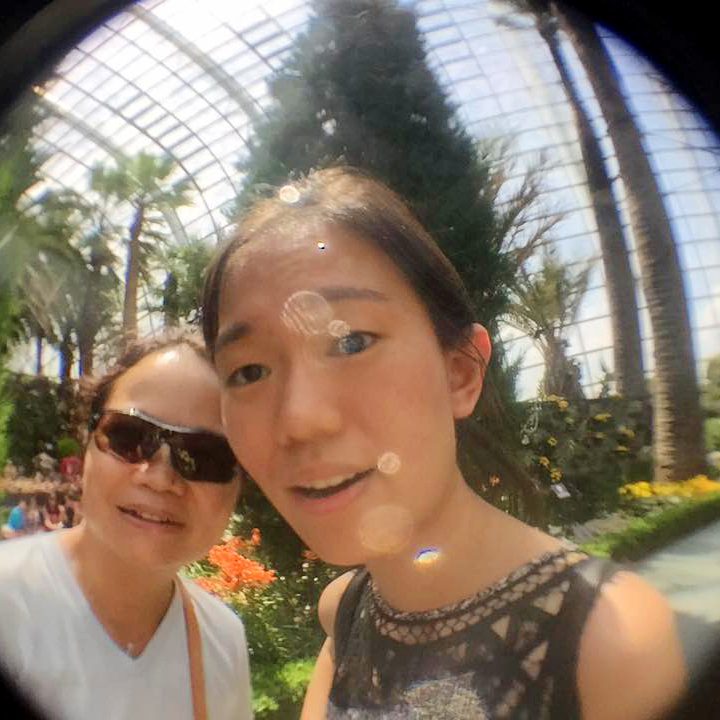
Storyline:
I was greatly inspired by Penny the Pirate and wanted to design a solution that could be easily distributed and extend good dental habits beyond dental clinics and in the comfort of their homes. I need my solution to stand out amongst the numerous tooth brushing apps and videos available out there.
I was reading a book which mentioned that imagination was the fundamental of concepts and beliefs. This became the starting point of my project – I needed a convincing story accompanied with impactful imageries to help preschooler visualize, understand and belief that poor tooth brushing habits has its repercussions.
I turned the process of tooth decay into a narrative and added a little playful imagination and bam- the story of ‘Clarke’ was born.
The Character:
Thinking about the story was easy but illustrating a completely imaginative character was tedious.
I spent quite some time developing the character. It had to look like a non-human creature (it’s a bacteria) yet has human-like characteristics (it has a growing family). It had to be child-friendly but not too much as it ultimately becomes the antagonist. As I was creating the character, I had to also be wary of what I was painting in the preschoolers’ mind.

Layouts
I wanted a bigger book dimension to create an immersive reading experience for the child. I have already exaggerated the process of tooth decay into a narrative and amplifying the imageries was to the only logical move to me.
During consultations, Michael has also reminded me to add more context in my illustrations to tie in with the storyline more closely. Eg family portraits hanged around Clarke’s home rather than just a home-sweet-home floor mat.
The transition from the imaginative world of Clarke (aka inside the mouth) to the reality world of Charlie was a struggle at the start. But I soon found the use of negative spaces helpful in the differentiation.

Pop-Up
I have always been fascinated with interactive books and wanted to incorporate ways to help children build their dexterity for tooth brushing. I was really really ambitious at the start and imagined how electronic paper would be really cool as it could change kinesthetic movements into sound when they brush. Or maybe thermochromic paint could be used to print the decayed tooth that changes into white when children brush it with their fingers. But I gave up after checking the price and technical skills need to use those materials. In the end, I decided to go ahead with pop-up page, something I’ve always been interested. It turned out to be waaaay better than I expected.

Designing the pop-up page was easy because it was simply layers of paper stuck upon one another and no fancy tricks. The measurements, however, was time-consuming and required trial and error.
Printing
It was so damn ex.
Probably the most expensive project I had but the quality made it worthwhile.
Binding
I done it in a rush and it was poorly binded.
But I’ve learnt from my mistake.
Lesson 1: Don’t hardbound if I’m left with less than a day to get it done
Lesson 2: It takes 2-3 prototypes to get it right. Test print with the same paper type but print it at cheaper shops first.
Lesson 3: ALIGN the spine. It’s the first and most crucial step. Then, trim the excess external margin.
Lesson 4: Spray mount should be sprayed a distance away. The glue particles should land lightly on the paper. Not create texture like a gravel wall.
In conclusion, this project was a roller coaster ride but with lots of lesson learnt. I did enjoyed this project and would like to improve it over my vacations.






